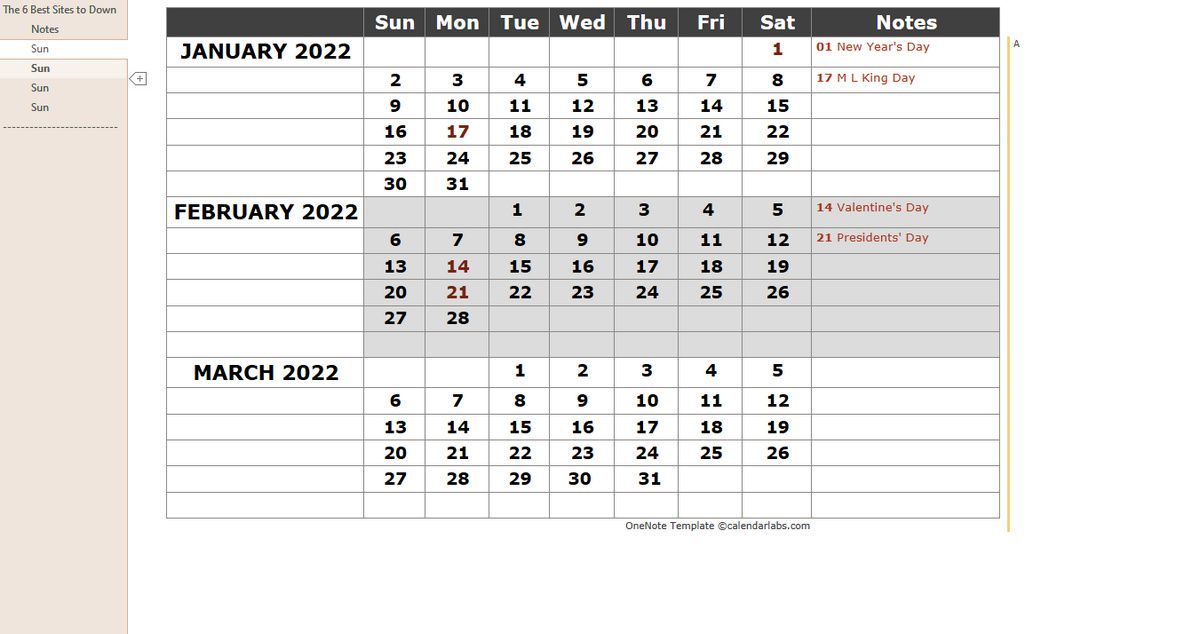

These samples and tutorials show the basics of using the OneNote API on different platforms (see all our samples on GitHub). Use samples and tutorials to start coding fast, try out our interactive consoles, or dive deeper with our documentation. When you publish apps that leverage the feature-rich OneNote environment, the cross-platform market potential is simply too big to ignore.
#Microsoft onenote cost windows
Pre-installed on new Windows devices, available for popular platforms, on the web as OneNote Online, and part of Office 365-100+ million people worldwide actively use OneNote. Reach millions of OneNote users on all major platforms Use OneNote as your digital memory store in the cloud for notes and lightweight media, or as a data feed for domain-specific data. The API runs OCR on images, supports full-text search, auto-syncs clients, processes images, and extracts business card captures and online product and recipe listings. Tap into other powerful OneNote API features. Use the OneNote ecosystem to enhance your core scenarios The OneNote API supports a set of standard HTML and CSS for OneNote page layout, so you can use tables, inline images, and basic formatting to get the look you want.

#Microsoft onenote cost pdf
OneNote can even render webpages and PDF files as snapshots. Capture information in many formatsĬapture HTML, embed images (sourced locally or at a public URL), video, audio, email messages, and other common file types. Your app can grab the information people want, send it to OneNote, and then help them organize it. The OneNote API makes it easy to write apps so students can take notes and do research, families share plans and ideas, shoppers share pictures-all the things that interest people most.

Use OneNote as a canvas where users can add and arrange their content. You can use the OneNote API to create and manage notes, lists, pictures, files, and more in OneNote notebooks. Integrate OneNote to create apps that people will love. See Create pages for a closer look at POST pages requests. If successful, the request returns the following response-in this case an OData representation of the new page in JSON format. To give you an idea of how the API works, here's a simple POST request that creates a page in the current user's default notebook. You can use the OneNote API to do things like create, view, and manage pages in personal, site, and group notebooks. To use the OneNote API, you send HTTP requests to specific endpoints off OneNote's service root URL: You can use SDKs to simplify the auth process.


 0 kommentar(er)
0 kommentar(er)
